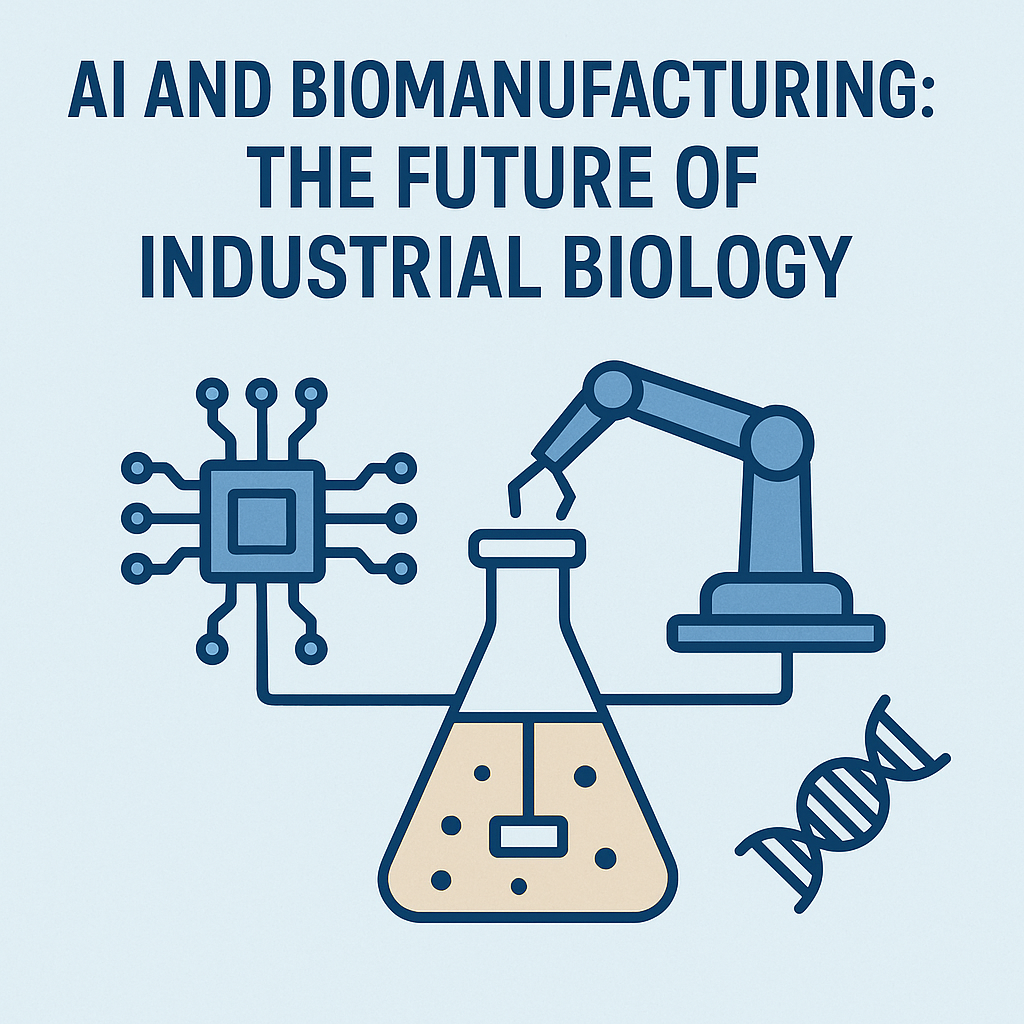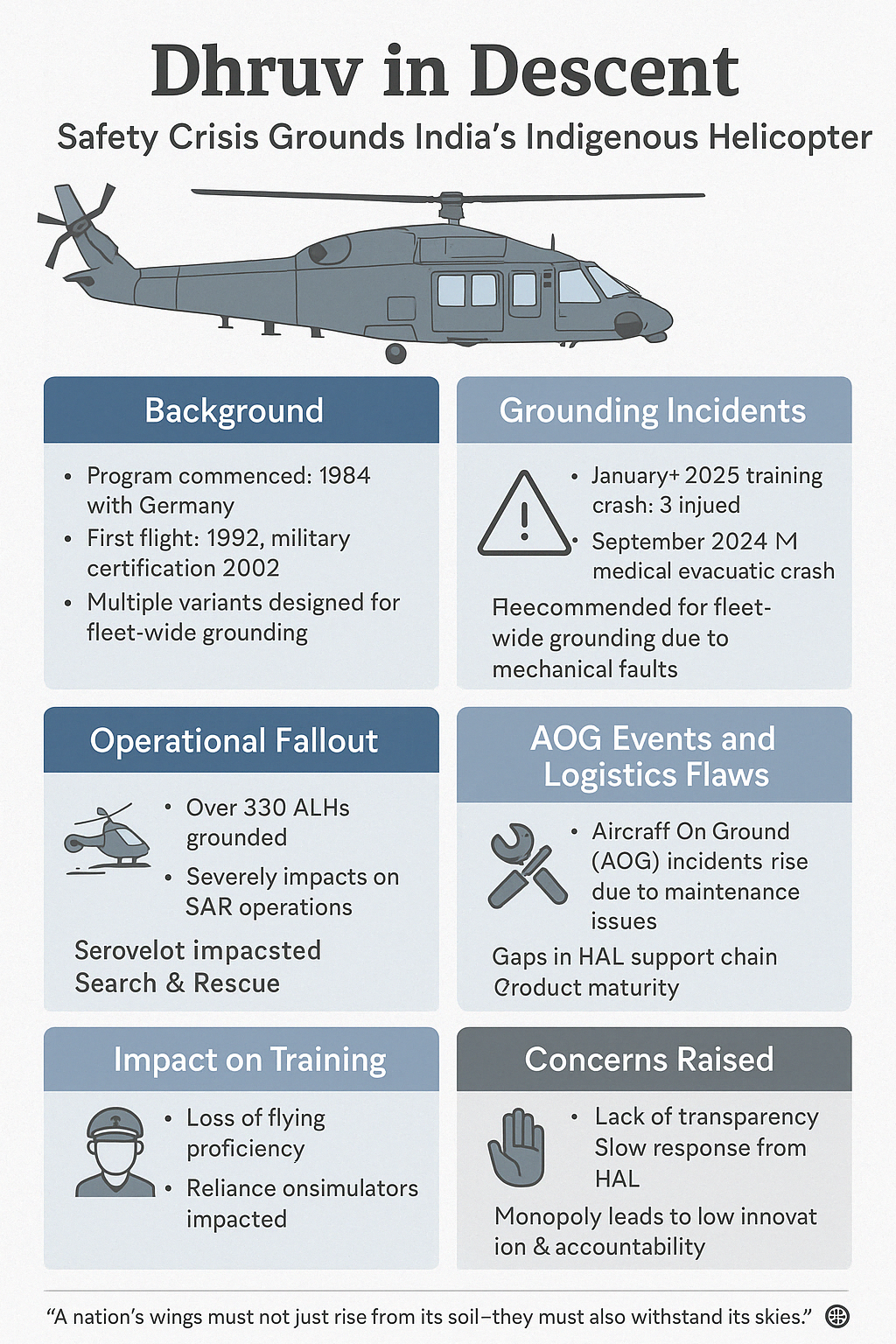
May 14, 2025, Post 3: Centre Approves FCI Rice for Ethanol — Food vs. Fuel? |High Quality Mains Essay | Prelims MCQs
Centre Approves FCI Rice for Ethanol — Food vs. Fuel?

NATIONAL HERO — PETAL 003
Date: May 14, 2025
Thematic Focus: Economy, Energy, Food Security
🌾 Intro Whisper
As the rice bowl of India tips toward the fuel tank, a national question resurfaces — can we feed engines and mouths with the same grain?
🛢️ Key Highlights
- Centre approves 2.8 million tonnes of additional rice from FCI buffer stock for ethanol production.
- This raises total rice allocation for Ethanol Supply Year (ESY) 2024–25 to 5.2 million tonnes.
- Move is part of India’s Ethanol Blended Petrol (EBP) Programme, aiming 30% blending by 2030.
- Ethanol is a biofuel derived from crops like sugarcane, maize, and rice via fermentation.
- India has already achieved 20% ethanol blending (E20) in petrol by 2025.
🔍 Concept Explainer: Ethanol Blending — Energy or Ethics?
Ethanol Benefits:
- ✅ Energy Security – Reduces dependence on crude oil imports
- 🌿 Climate Friendly – Ethanol emits fewer GHGs than petrol
- 🚜 Rural Upliftment – Creates new markets for farmers’ surplus crops
- 🌍 Paris Commitments – Supports India’s green transition
Concerns:
- ⚠️ Food Security Risk – Diverting PDS rice may impact the poor during drought/inflation
- 💸 Subsidy Leakages – FCI rice sold at ₹22.50/kg to distilleries may distort open market
- 💧 Water Footprint – Rice is a highly water-intensive crop, raising sustainability issues
- 🧪 Efficiency Debate – Food grain-based ethanol is less efficient than 2G (second-gen) ethanol from biomass
- 🌽 Agri-Distortion – Over-reliance on sugarcane, maize, rice hurts diversification and soil health
🛣️ Way Forward
- 🧬 Promote 2G ethanol using crop residues, non-edible biomass
- 📏 Establish clear food vs. fuel guidelines and transparent grain audits
- 🧠 Invest in R&D for non-food-based ethanol technologies
- ⚖️ Balance energy goals with nutritional commitments
🧭 GS Paper Mapping
- GS Paper 2: Governance – Food policy, PDS, welfare priorities
- GS Paper 3: Economy – Energy, Agriculture, Resource Allocation
- Essay Paper: Balancing Growth and Ethics in Public Policy
💫 A Thought Spark — by IAS Monk
“When food becomes fuel, hunger becomes a ghost. Progress must be measured not by the power of engines, but by the dignity of empty plates filled.”
High Quality Mains Essay For Practice :
Word Limit 1000-1200
Fueling the Future or Feeding the Nation? Balancing Energy Security and Food Sovereignty in India
Introduction: The Dilemma on Our Plates and in Our Tanks
In May 2025, the Government of India approved the diversion of an additional 2.8 million tonnes of rice from the Food Corporation of India (FCI) buffer stock for ethanol production. While the move marks another milestone in India’s ambitious Ethanol Blended Petrol (EBP) programme, it also reignites an old ethical and strategic debate: Should food crops be used for fuel when millions still depend on subsidised grains for survival?
This essay critically evaluates the dual imperatives of energy security and food sovereignty by exploring the economics, environmental considerations, and ethical implications of food grain-based ethanol production. It also proposes a balanced path forward based on innovation, inclusivity, and sustainability.
Understanding Ethanol and the EBP Programme
Ethanol is a bio-alcohol typically derived from sugarcane, rice, maize, or agricultural waste. It is used as a blending agent with petrol to reduce emissions and reduce fossil fuel dependence.
The Ethanol Blended Petrol (EBP) Programme was launched in 2003 and has gained traction since 2014. India achieved the E20 target (20% ethanol blending) in 2025, ahead of schedule, and is now working towards 30% blending by 2030.
Feedstocks for ethanol in India include:
- Sugarcane juice and molasses (primary sources)
- Surplus rice and maize
- Damaged or substandard grains
- Agricultural residues for second-generation (2G) ethanol
Energy Security and Rural Benefits: The Case For
✅ 1. Reducing Crude Oil Imports
India imports over 85% of its crude oil needs. Ethanol blending can save billions of dollars annually in foreign exchange and cushion the economy from geopolitical oil shocks.
✅ 2. Enhancing Energy Mix
Ethanol is a cleaner-burning fuel that helps decarbonise the transport sector. It reduces CO₂ emissions, air pollutants, and improves octane levels in petrol.
✅ 3. Supporting Farmers
Diversion of surplus or underutilised grains to ethanol helps absorb excess production, especially in years of glut. It also promises remunerative prices to farmers and reduces MSP procurement pressure.
✅ 4. Strengthening Climate Goals
India’s commitment under the Paris Agreement and its Net-Zero 2070 goal necessitate green fuel strategies like ethanol blending.
Food vs. Fuel: The Growing Concerns
While the above points justify ethanol from a macroeconomic and environmental perspective, the use of edible grains for fuel raises several critical concerns:
⚠️ 1. Threat to Food Security
The FCI maintains buffer stocks to stabilise food prices and provide subsidised grains to over 800 million Indians under the National Food Security Act (NFSA). Diverting 5.2 million tonnes of rice for ethanol in a single year risks:
- Depleting buffer reserves during droughts or inflation shocks
- Weakening the Public Distribution System (PDS)
- Pushing the vulnerable toward food insecurity
💸 2. Subsidy Misallocation
Ethanol distilleries buy FCI rice at a heavily subsidised rate (₹22.50/kg). This subsidy, intended for the poor, ends up supporting industrial ethanol production, creating moral hazard and distorting the market.
💧 3. Water and Ecological Costs
Rice is an extremely water-intensive crop, consuming around 3,500–5,000 litres per kg. Producing ethanol from rice increases pressure on water tables, particularly in water-stressed regions like Punjab and Uttar Pradesh.
🧪 4. Efficiency and Ethical Debate
From an energy return on investment (EROI) perspective, grain-based ethanol is inefficient. Critics argue that India should focus on second-generation ethanol made from agricultural waste, rather than sacrificing food crops.
🌽 5. Agricultural Distortion
The policy push for ethanol can lead to:
- Overproduction of sugarcane, maize, and rice
- Reduction in crop diversification
- Increased chemical fertiliser use and soil degradation
International Precedents and Debates
Globally, the “food vs. fuel” debate has led many countries to re-evaluate their ethanol policies:
- The United States and Brazil are major ethanol producers but face criticism for their heavy reliance on maize and sugarcane, respectively.
- Mexico experienced food riots in 2007 due to rising corn prices linked to US ethanol policies.
- The European Union has now limited the proportion of food-based biofuels and encourages advanced biofuels from waste and residues.
India must learn from these examples to avoid long-term pitfalls.
Second-Generation Ethanol: The Sustainable Alternative
2G ethanol is derived from non-food biomass like:
- Sugarcane bagasse
- Paddy straw
- Wheat husk
- Forestry waste
- Municipal solid waste
Advantages of 2G ethanol:
- Doesn’t compromise food security
- Reduces stubble burning and air pollution
- Utilises agricultural waste that would otherwise go unused
- Requires less water and land
India has already set up commercial-scale 2G ethanol plants in Haryana, Odisha, and Maharashtra, but policy and price incentives need to be strengthened.
The Way Forward: Finding the Balance
To strike the right balance between energy goals and nutritional commitments, the following strategies are recommended:
📏 1. Enforce Grain Diversion Limits
Set annual caps on how much FCI grain can be diverted based on buffer norms, rainfall, and PDS demand forecasts.
🧬 2. Accelerate 2G Infrastructure
Provide financial and tax incentives for industries that produce ethanol from non-edible biomass and agricultural waste.
📊 3. Transparent Ethanol Audit Mechanisms
Regular audits must be conducted to track:
- Quantity of grain diverted
- Impact on FCI reserves and PDS
- Market prices and subsidy utilisation
📚 4. R&D Investment
Invest in enzymatic conversion and bio-reactor technologies to make 2G and 3G ethanol more efficient and affordable.
📢 5. Informed Public Debate
Policy decisions that impact food availability and environmental security should be discussed transparently with civil society, farmer unions, and industry stakeholders.
Conclusion: A Grain of Prudence in a Barrel of Progress
India’s ethanol push is a welcome stride toward energy independence and climate responsibility. But in our haste to fuel the future, we must not forget the fundamentals of nourishment. A nation that compromises on its food security—even in the name of green growth—risks trading one crisis for another.
The path forward lies not in binary choices but in smart integration: leveraging technology, protecting the poor, and respecting the land. A truly sustainable energy policy must ensure that no one’s plate is emptied to fill a petrol tank.
Closing Quote
“The real measure of progress is not the power of our machines but the security of our meals.”
— IAS Monk
Target IAS-26: Daily MCQs :
📌 Prelims Practice MCQs
Topic:
MCQ Type 1: How many of the following statements are correct?
Consider the following statements regarding ethanol production and energy security in India:
Ethanol blending reduces India’s dependence on imported crude oil.
Ethanol emits more greenhouse gases than pure petrol.
The E20 blending target was achieved in 2025.
Ethanol production enhances farmers’ income by creating demand for surplus crops.
A) Only two
B) Only three
C) All four
D) Only one
🌀 Didn’t get it? Click here (▸) for the Correct Answer & Explanation
✅ Correct Answer: B) Only three
🧠 Explanation:
•1) ✅ True – Ethanol blending supports energy independence.
•2) ❌ False – Ethanol is a cleaner-burning fuel than petrol.
•3) ✅ True – India achieved the E20 target in 2025.
•4) ✅ True – Ethanol production boosts demand for crops like sugarcane, maize, and rice.
MCQ Type 2: Two-Statement Question
Consider the following two statements:
FCI supplies rice to distilleries at a price above the open market rate.
Using food grains like rice for ethanol raises concerns about food security.
A) Only 1 is correct
B) Only 2 is correct
C) Both are correct
D) Neither is correct
🌀 Didn’t get it? Click here (▸) for the Correct Answer & Explanation.
✅ Correct Answer: B) Only 2 is correct
🧠 Explanation:
•1) ❌ False – FCI rice is supplied to distilleries at a subsidised price (₹22.50/kg).
•2) ✅ True – Diverting food grains to ethanol affects buffer stocks and PDS.
MCQ Type 3: Code-Based
Which of the following are concerns associated with food grain-based ethanol?
Water stress due to paddy cultivation
Inefficiency in fuel conversion
Ethical dilemma of food vs fuel
Enhancing stubble burning
A) 1, 2, and 3 only
B) 2, 3, and 4 only
C) 1 and 4 only
D) All four
🌀 Didn’t get it? Click here (▸) for the Correct Answer & Explanation
✅ Correct Answer: A) 1, 2, and 3 only
🧠 Explanation:
•1) ✅ True – Rice requires high water input.
•2) ✅ True – Food grain ethanol has lower energy return on investment.
•3) ✅ True – Using food for fuel poses ethical issues.
•4) ❌ False – Ethanol from crop waste reduces stubble burning, not increases it.
MCQ Type 4: Direct Factual
What is the government’s ethanol blending target for 2030 under the EBP programme?
A) 20%
B) 25%
C) 30%
D) 35%
🌀 Didn’t get it? Click here (▸) for the Correct Answer & Explanation.
✅ Correct Answer: C) 30%
🧠 Explanation:
•The target blending ratio for ethanol by 2030 is 30%, up from the recently achieved 20%.


















